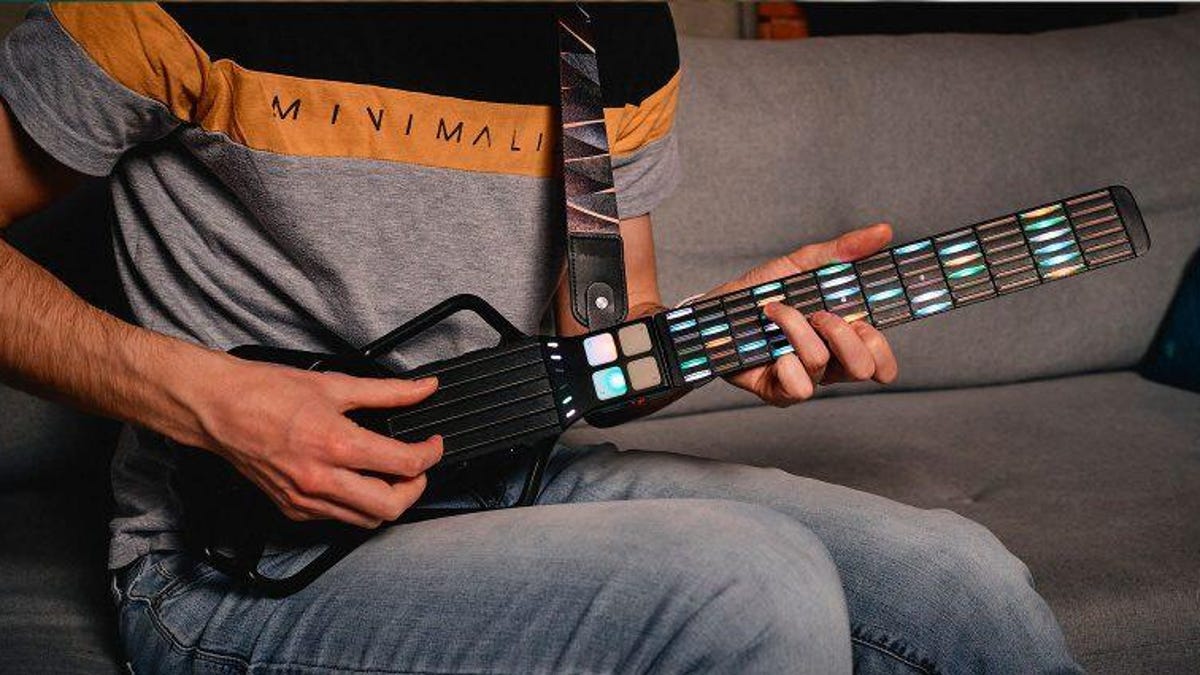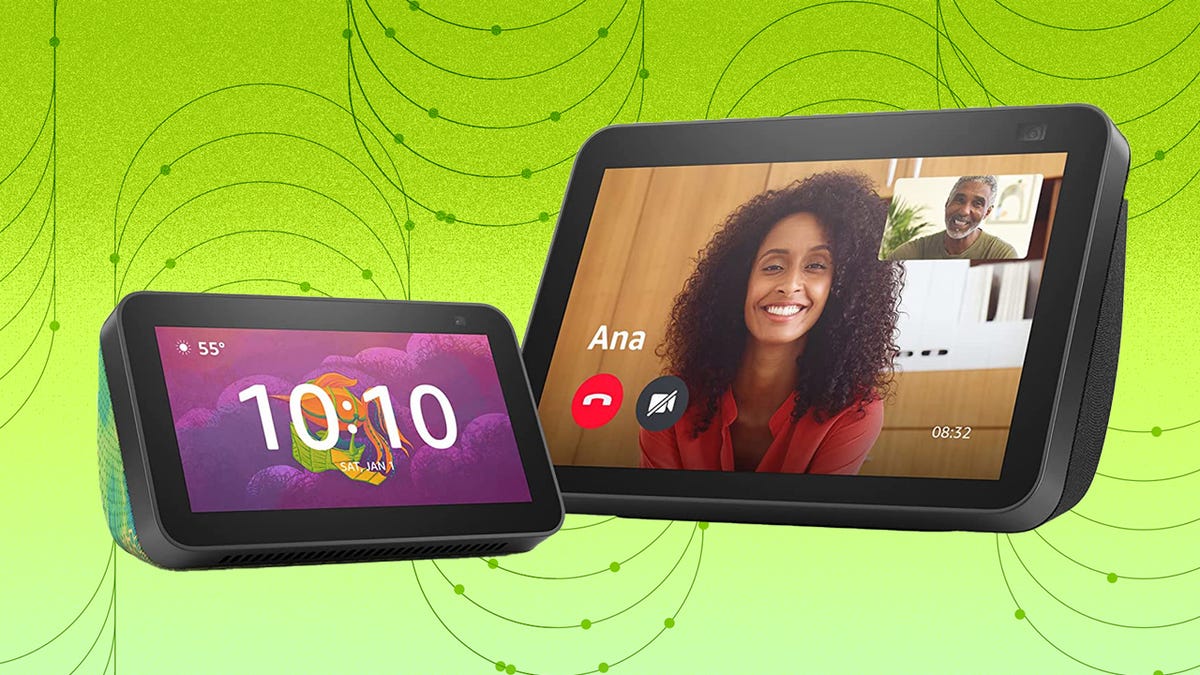MIDI instruments evolve to let you make music anywhere
For most of the past hundred years, tools for learning, making, and even composing music on the go were limited. In the pre-digital era, there was your voice, the harmonica, maybe a ukelele. Nowadays, all kinds of MIDI controllers paired with simple multi-track recording apps such as GarageBand and BandLab make using these products more convenient anywhere.
Beyond that, improvements in MIDI over Bluetooth have spurred a new generation of digital instruments offering new spins on familiar instruments as well as novel form factors; many have come to market via crowdfunding campaigns. These are allowing aspiring musicians to learn and more experienced songwriters and performers to create and perform anywhere.
The keys
In the 1980s, novel synthesizers such as the Casio VL-Tone VL-1 provided a (chintzy) keyboard you could carry in your backpack. Now, those have given way to portable MIDI keyboard controllers such as the AKAI Professional LPK25 or MIDIPLUS AKM320. More recently, audio brand Roli, best known for its SeaBoard Rise keyboard, which features “bendable” pitches, offered theLumi Keys, a wireless MIDI keyboard controller named for the LEDs that illuminate the keys in a rainbow of colors.
Roli used the feature in a companion keyboard learning app that lights up the keys you want to play. While it’s useful for teaching beginners notes and melodies, it doesn’t go very far into two-handed playing, even though multiple Lumi Keys can be paired to act as a single, larger keyboard. Xiaomi-backed PopuMusic recently launched a Kickstarter campaign for PopuPiano; While clearly inspired by Lumi Keys’ illuminated rainbow effects, Popuiano also includes a companion illuminated pad that can be used for triggering chords or percussion.
But Joué Play represents the most versatile keyboard controller to hail from crowdfunding. Using technology similar to that of the Sensel Morph, a mousepad-like device that accommodates a series of overlays to turn it into about any pressure-based input and includes some similar overlays such as a piano-style keyboard and drum pad as well as a guitar strings-like surface. This allows you to easily switch among “instruments” with their own feel while composing or editing music. The Joué Play connects to its own well-designed companion app via USB or Bluetooth. However, despite the product’s $300 asking price, you must pony up an additional $50 to bring “pro”-level compatibility with other digital audio editing products.
The strings
Back in 2014, Zivix ran an Indiegogo campaign for the Jamstik, a guitar-like MIDI controller marketed as helping people to learn the guitar, in part because it allowed them to practice just about anywhere. Since then, we’ve seen other guitar-like digital instruments, including the versatile Artiphon Instrument 1. PopuMusic also released multiple versions of its Populele and Poputar, the latter of which offers to have you “learn to play guitar like a pro in 10 days” (that long, huh?).
The latest effort to blend guitar teaching, performing and a portable package is Sensy Guitar. The folding device boasts an array of LEDs on its neck that can do anything from lighting up chord fingering to creating a “party mode.” The device also has a host of pressure and gyroscopic sensors to produce changes in volume, vibrato, pitch-bending, and other effects. The Sensy Guitar can connect to most modern devices via Bluetooth or USB-C; following the examples of the Jamstik, Lumi, and PopuMusic products, the company will launch a tutorial app to teach guitar fundamentals. Unlike some of those other products, though, the Sensy can be used independently of a MIDI host, tapping into its integrated synthesizer supporting 72 instrument sounds using Bluetooth or its audio-out jack.
Tapping out tunes
While the piano and guitar have served as the basis for many MIDI controllers, the instrument most resembling Artiphon’s Orba is a tongue drum. Aside from the coloring, though, a grapefruit would be an even more accurate model. As a simple sequencer, the Orba allows you to construct songs by tapping on its eight top-mounted buttons that control functions such as recording. Orba comes replete with gyro sensors, so you can also create effects by tilting or shaking it.
Artiphon recently released the Orba 2, with the main upgrade being the ability to sample any real-world sound to incorporate into compositions. Its learning curve is trivial compared to understanding the nuances of a keyboard or a fretboard, and it can be a fun way to start compositions or create tracks that complement those created with MIDI inputs based on more familiar designs.




